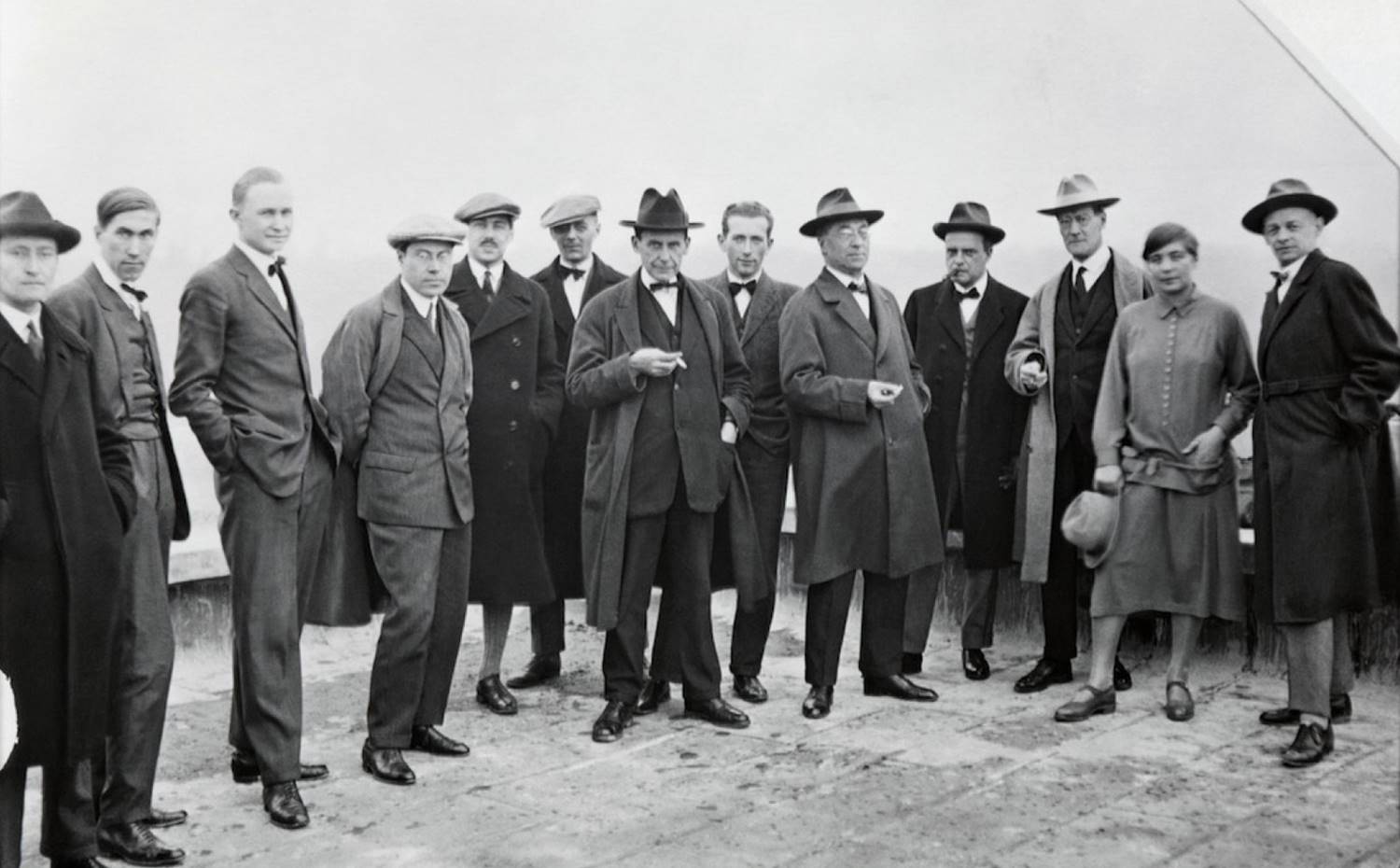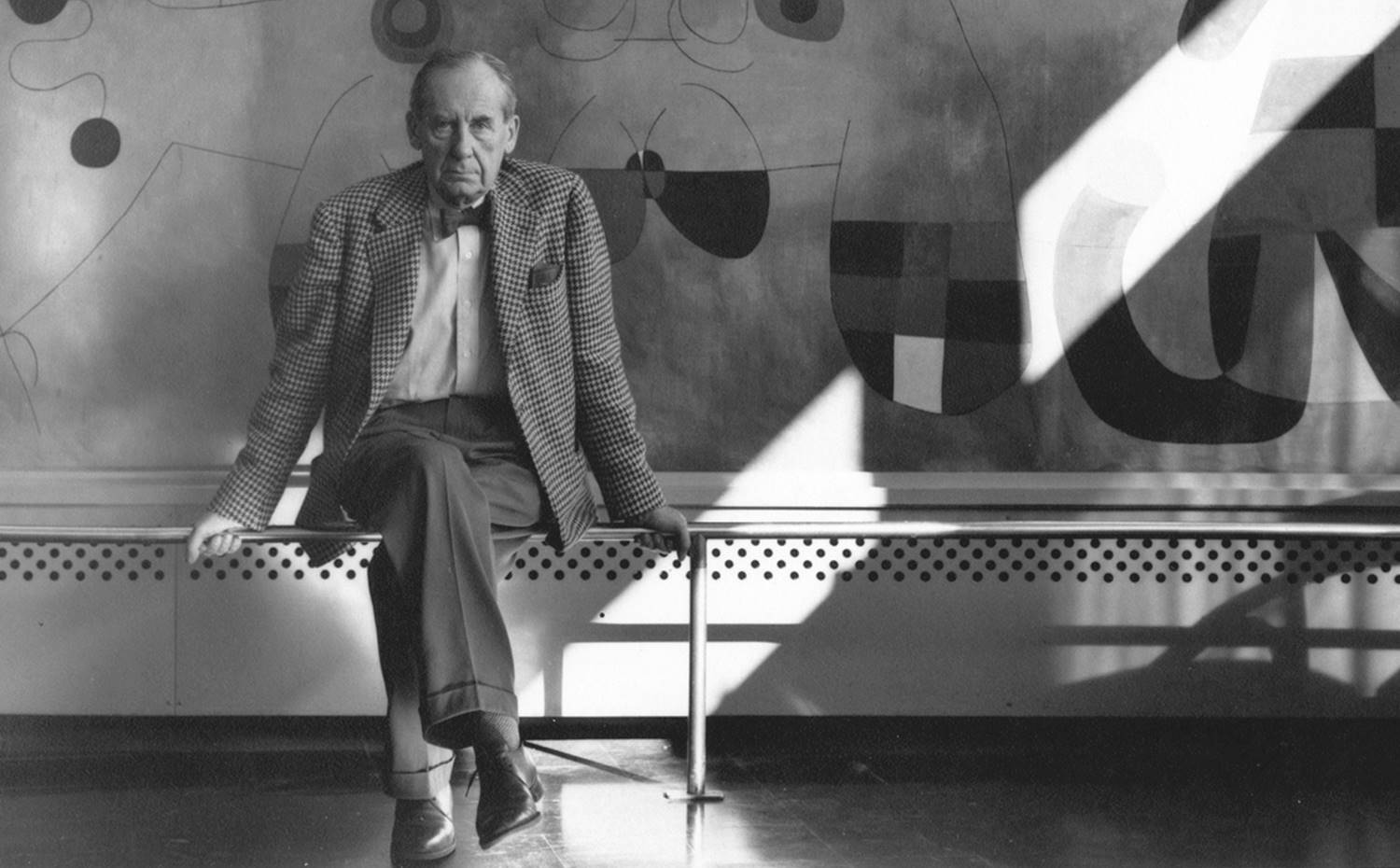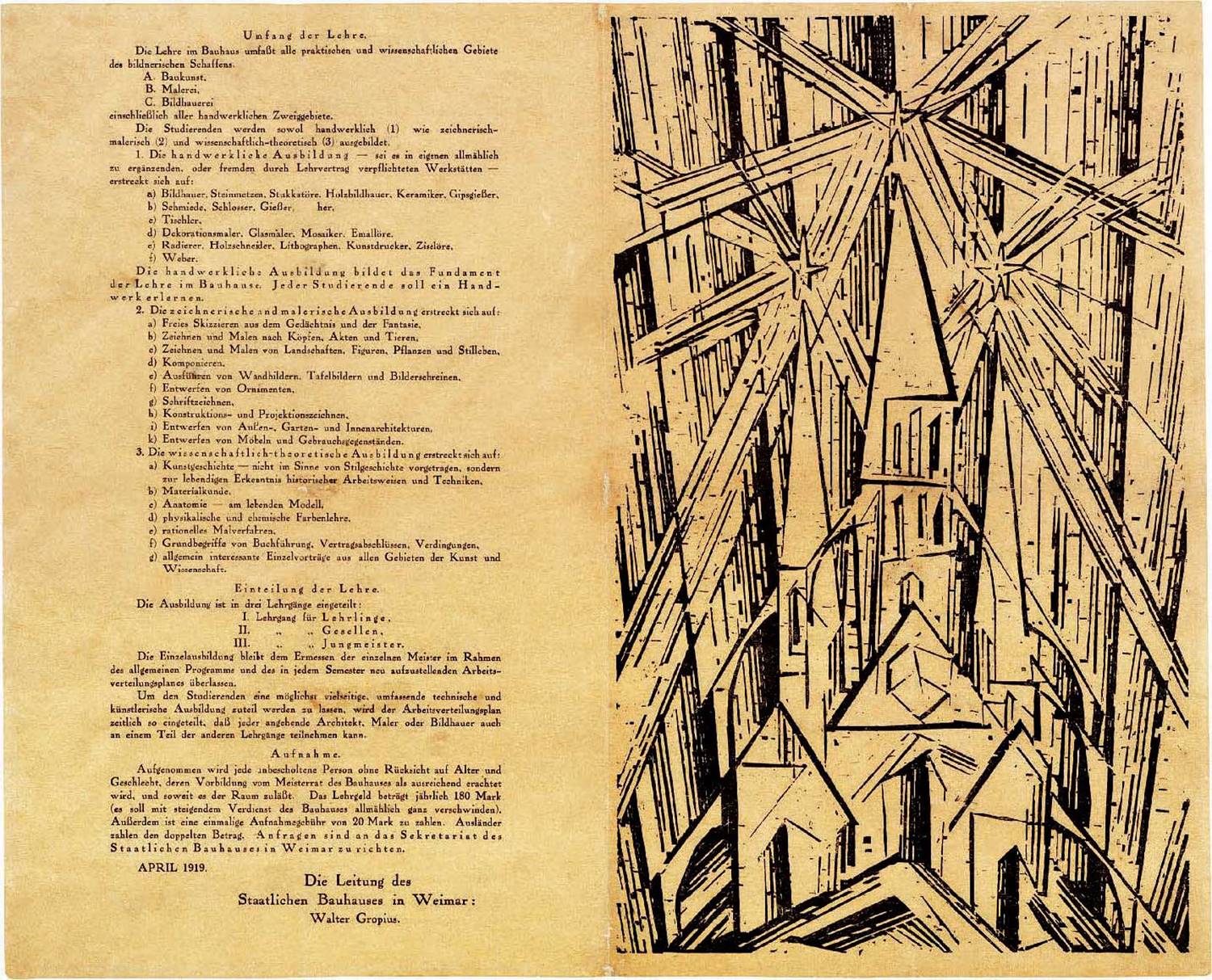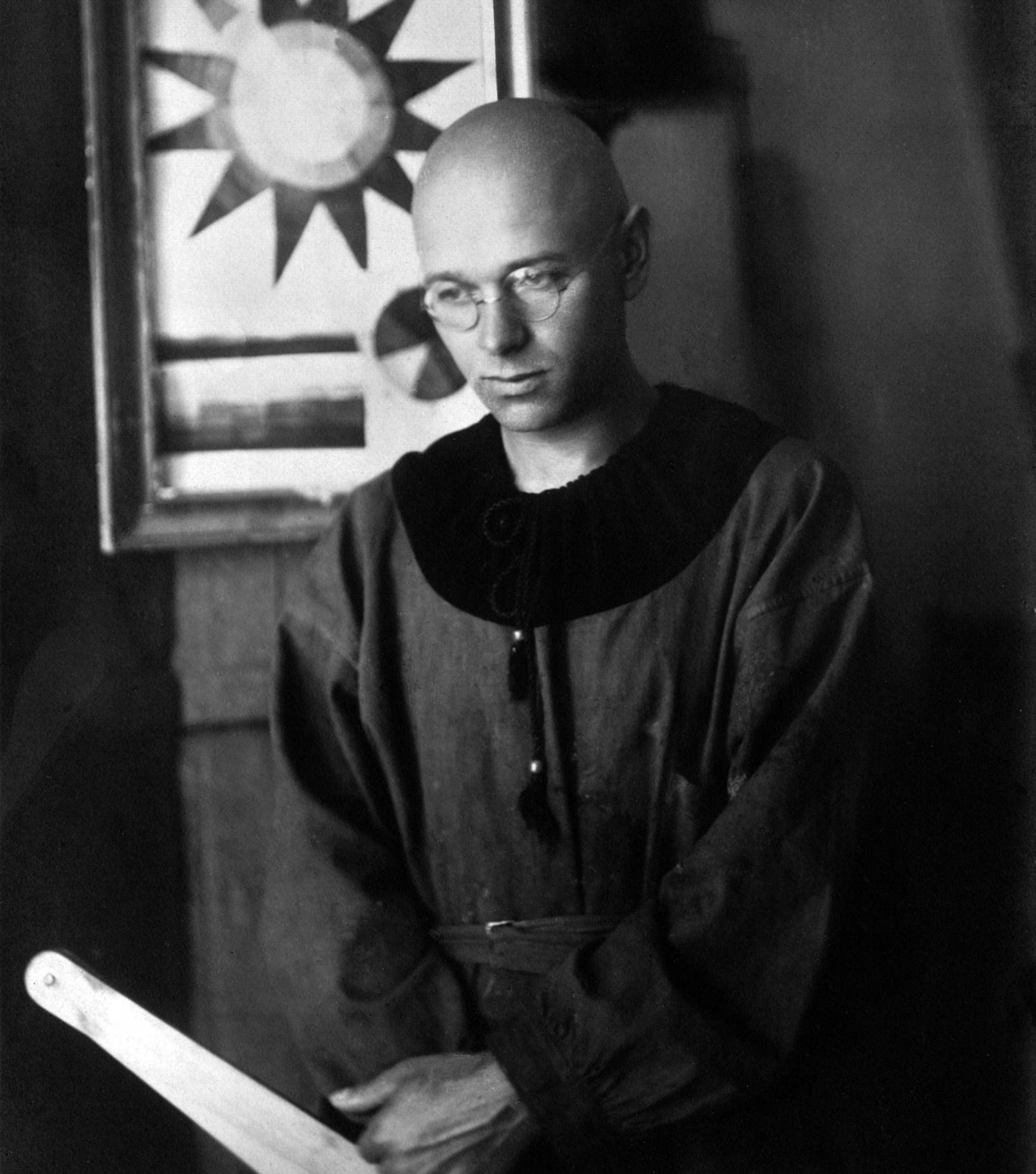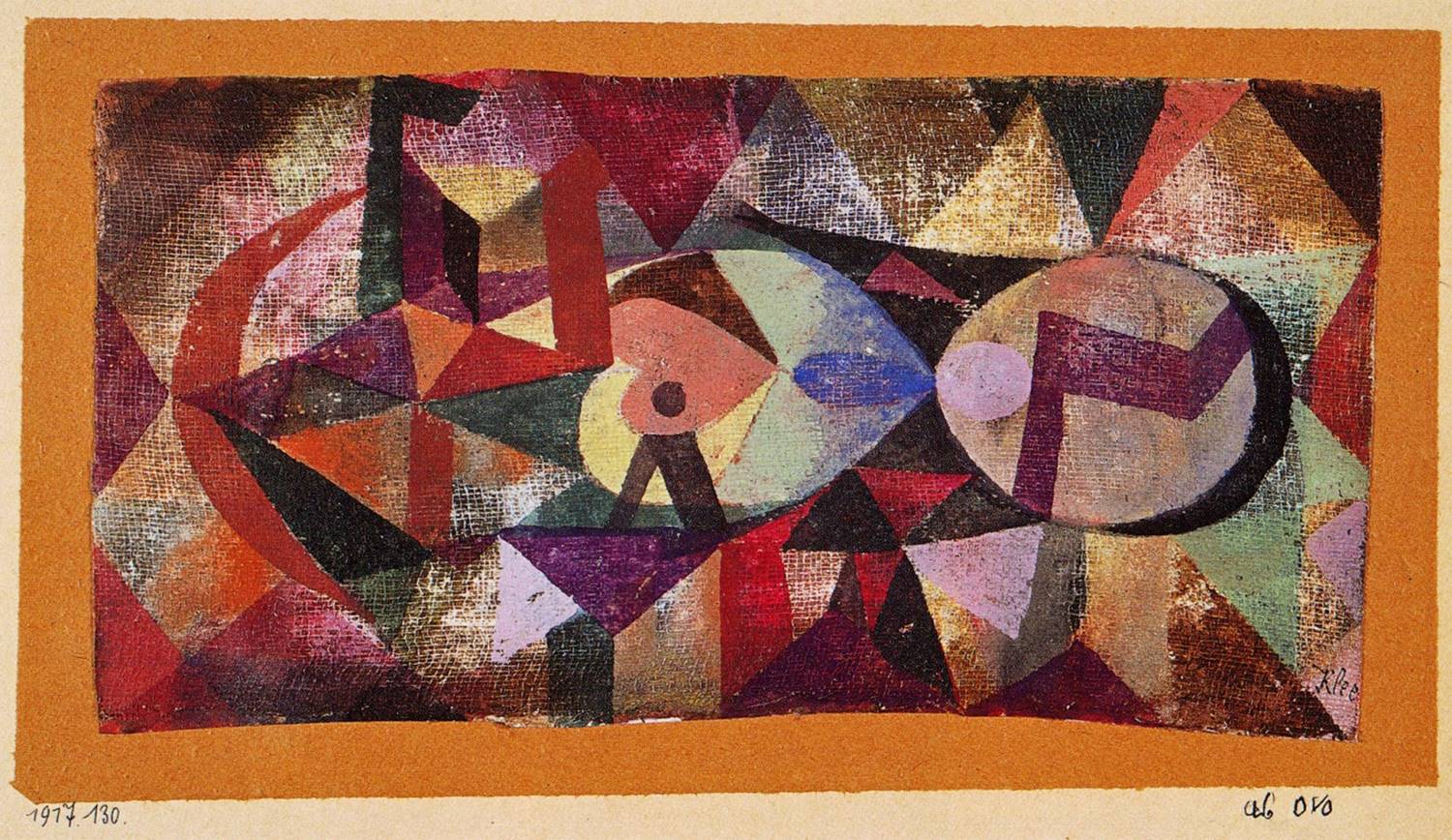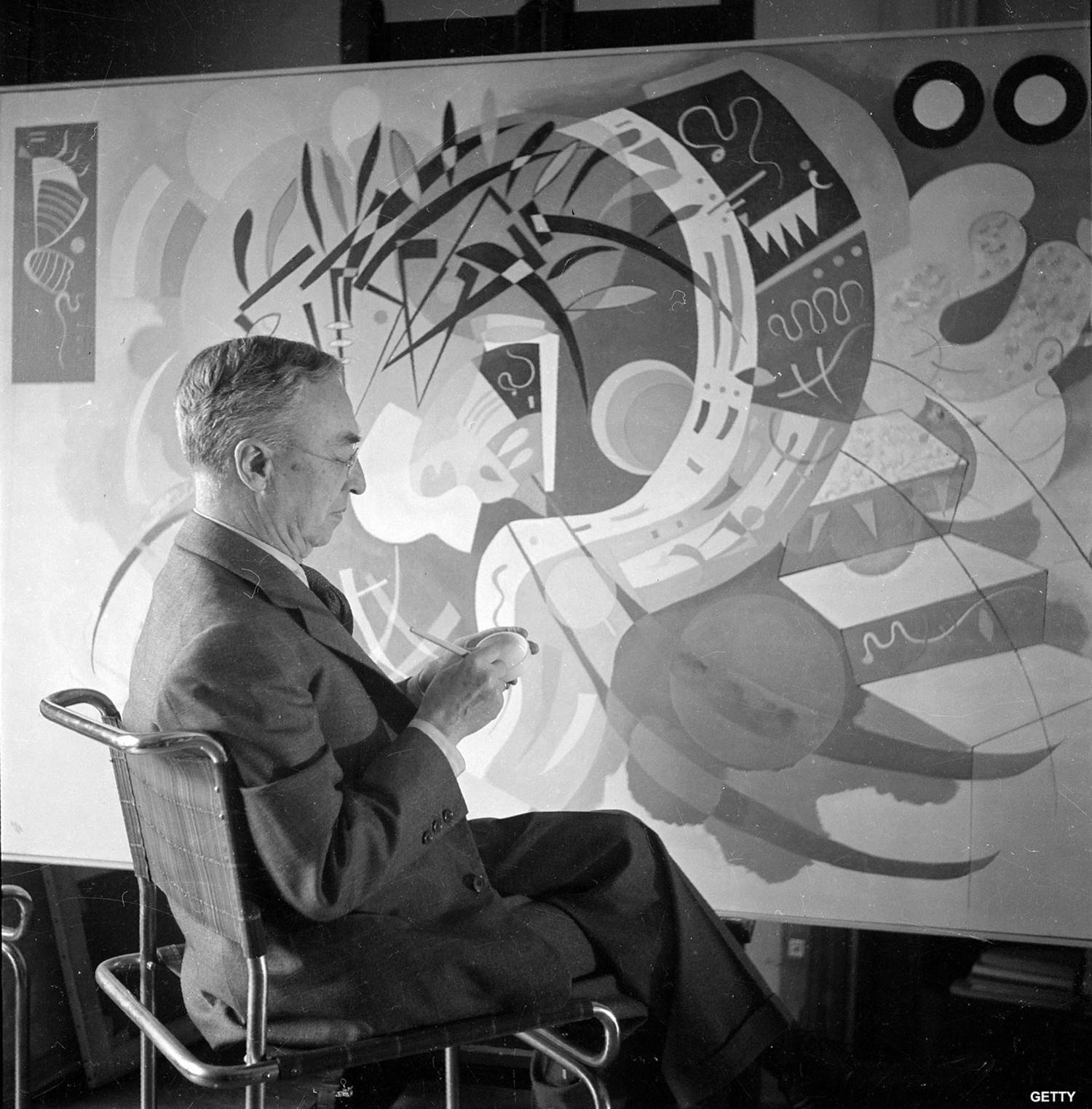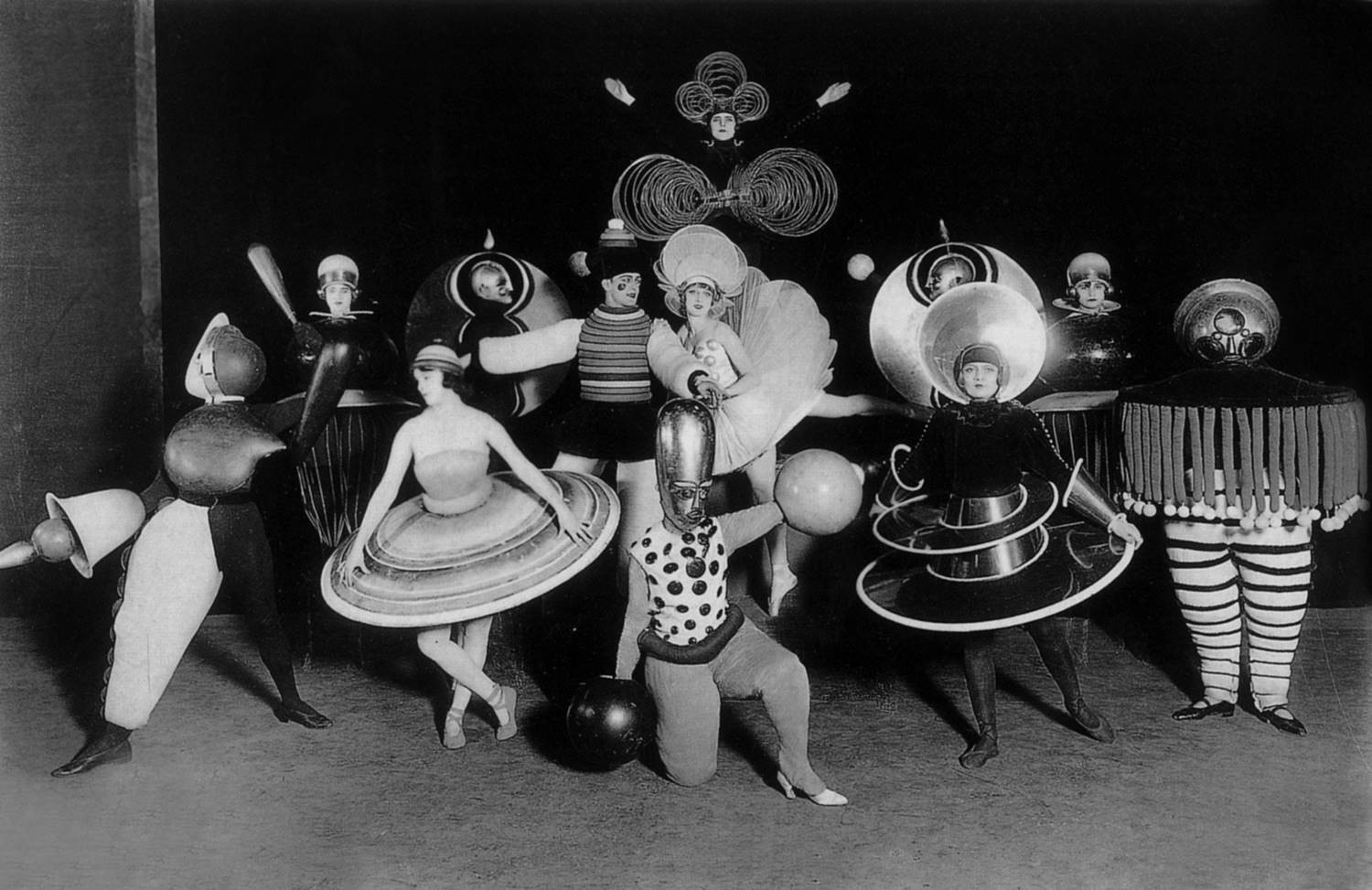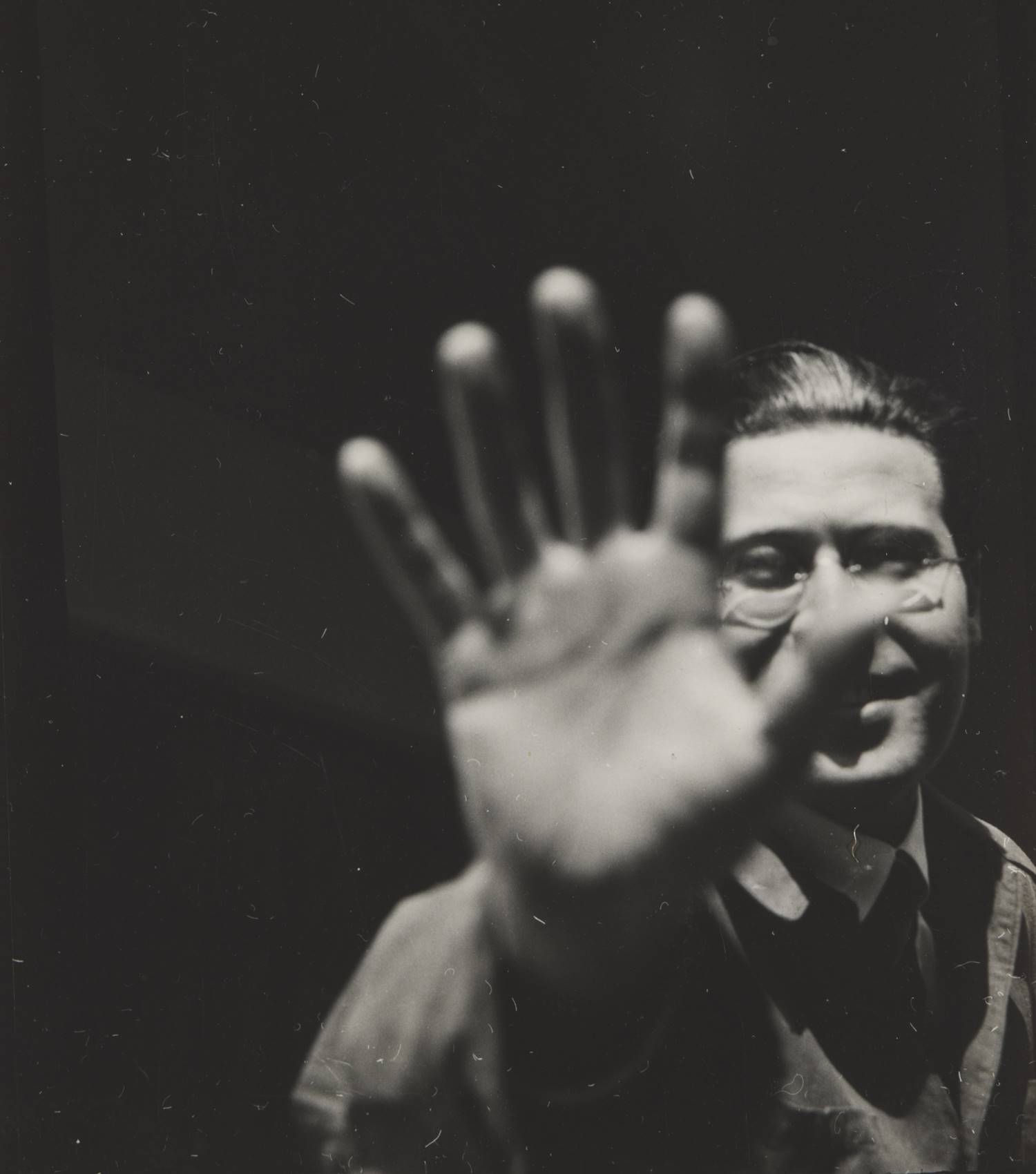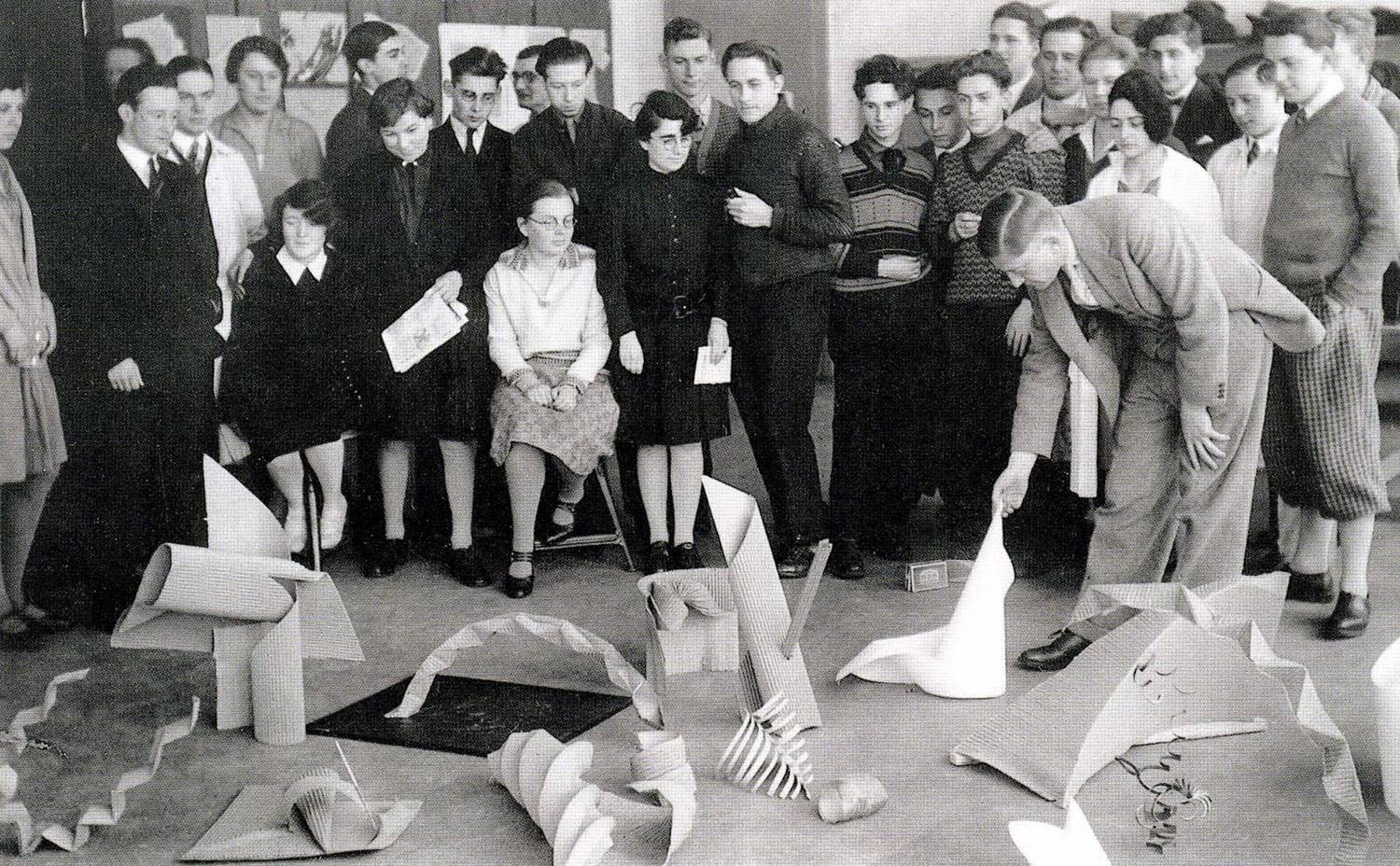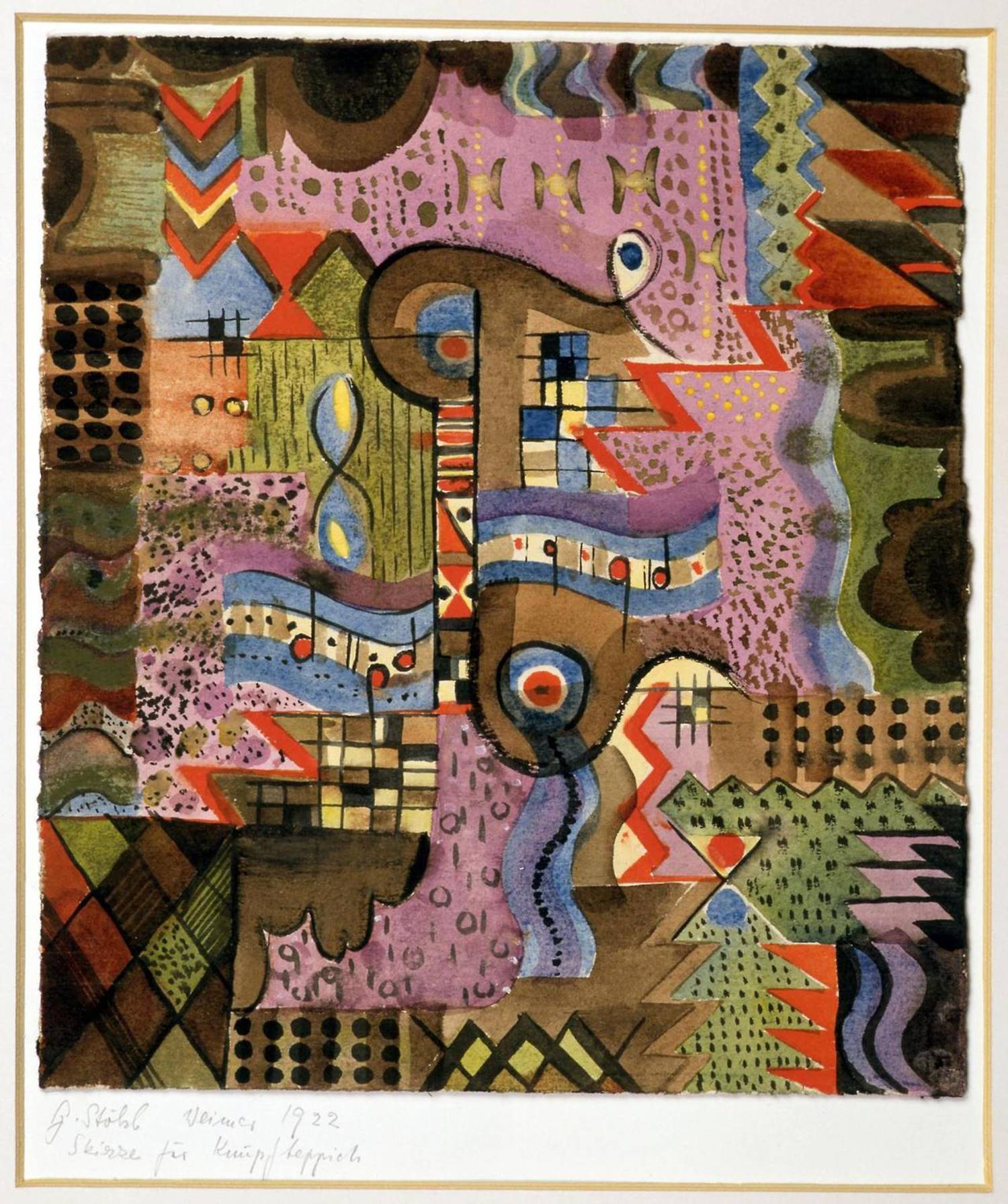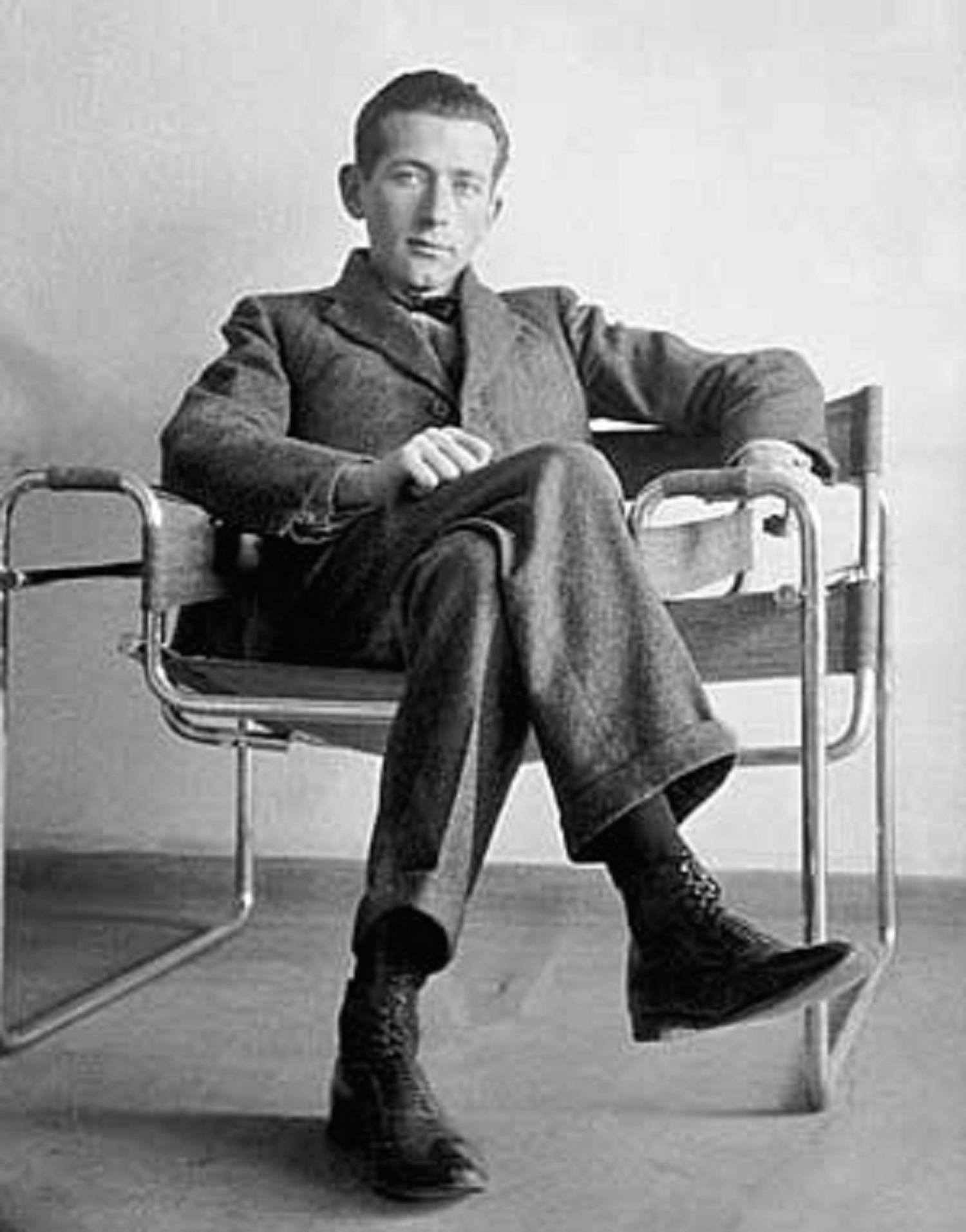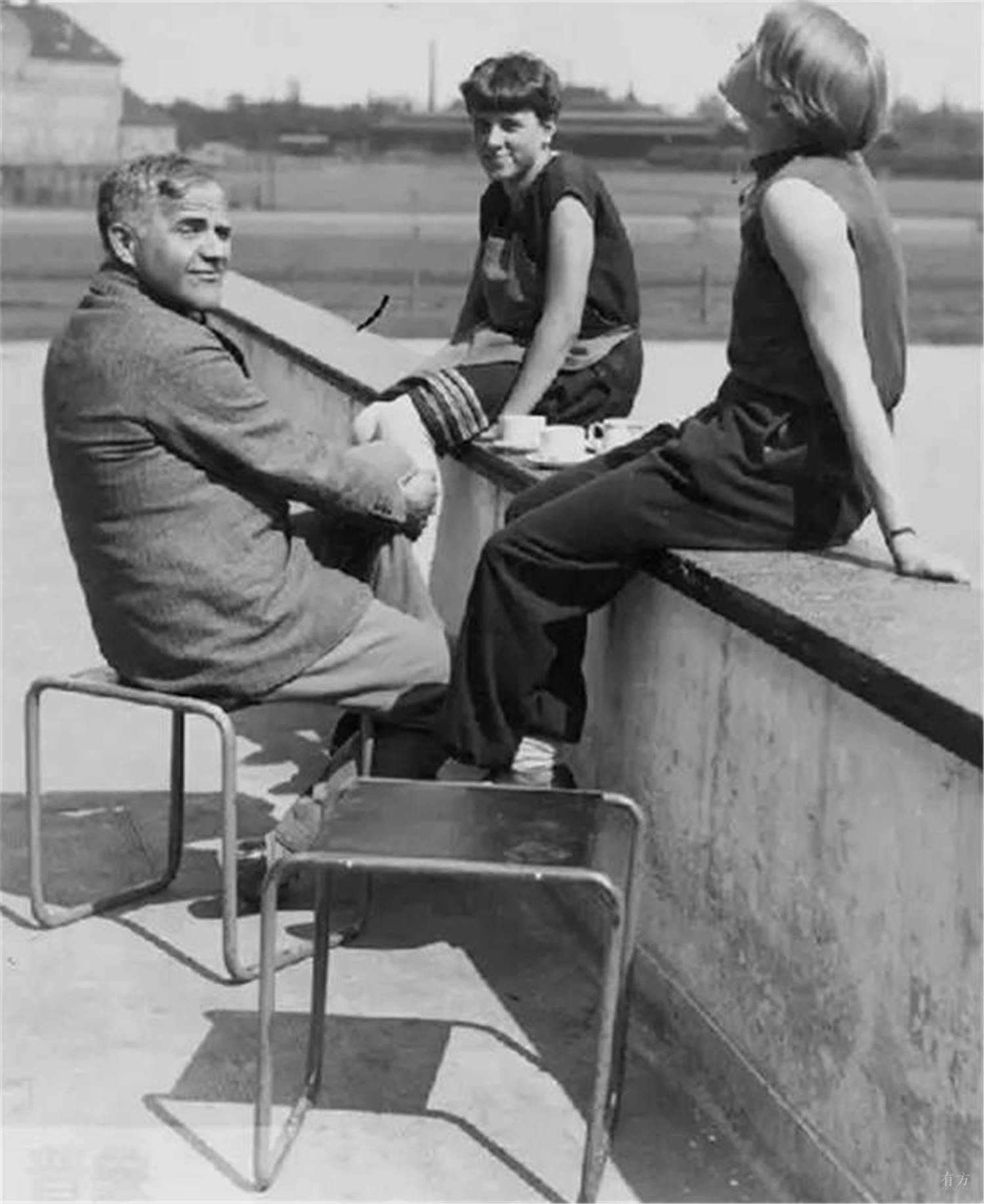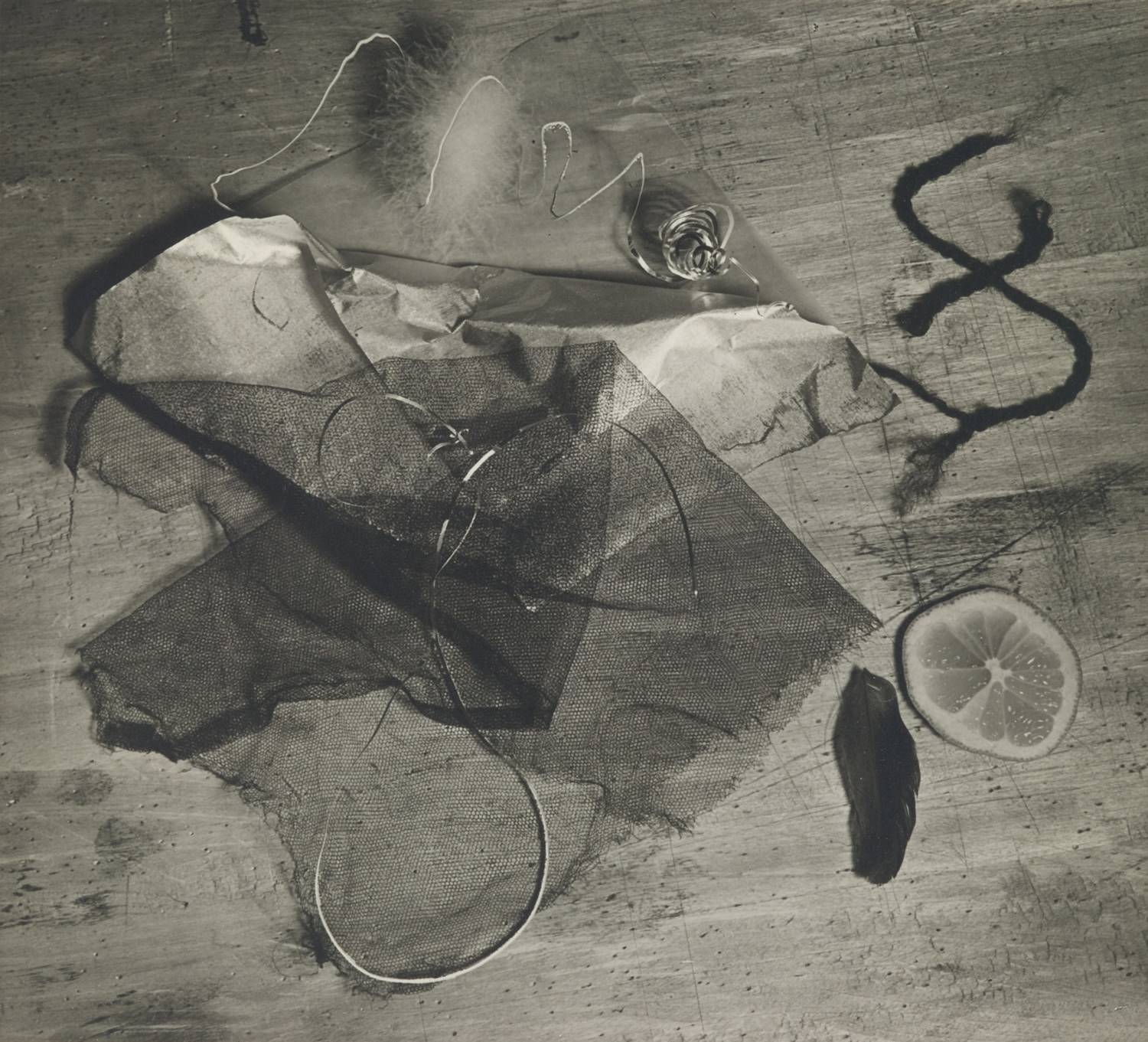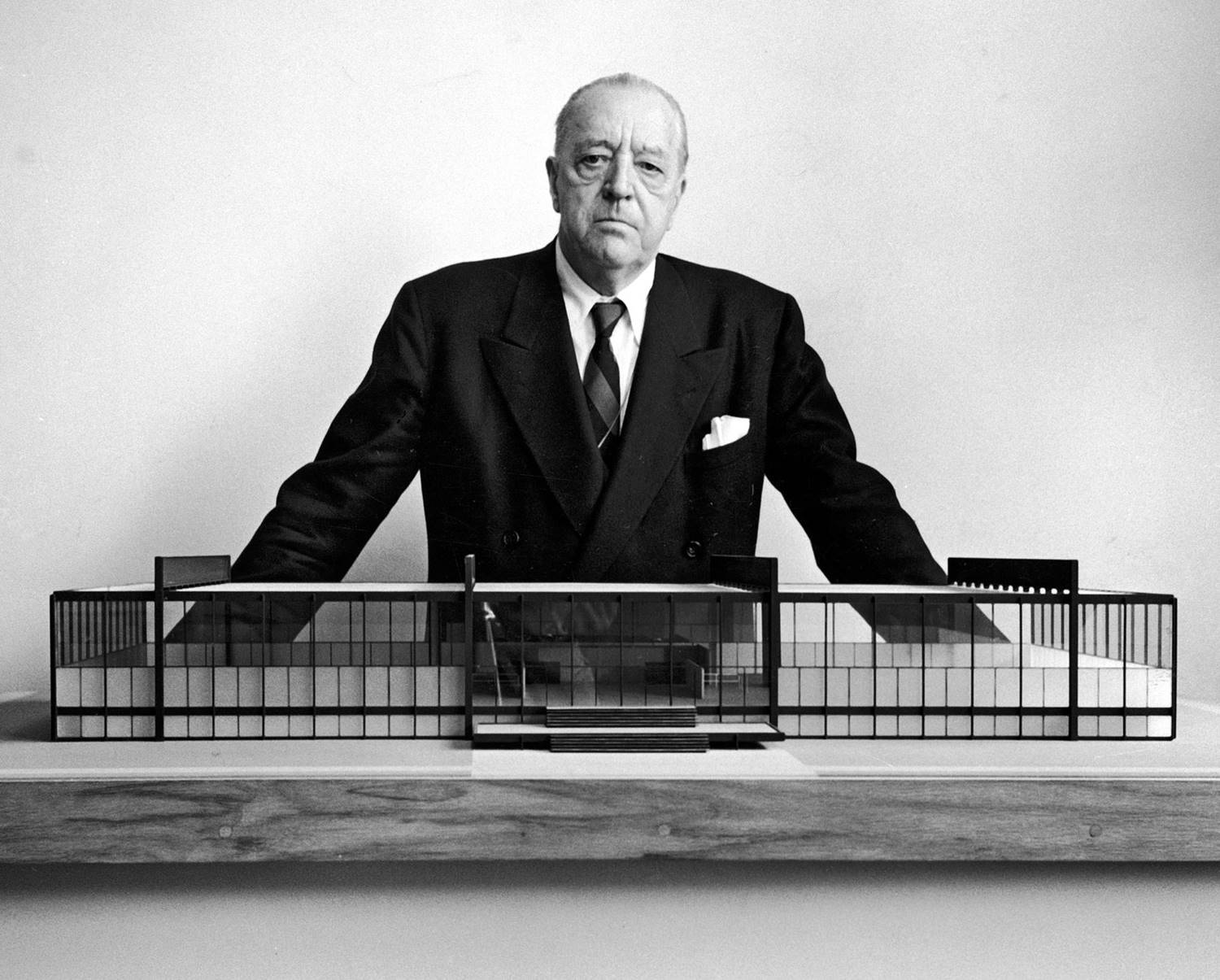Navigating the Art Critic Career: A Journey into the World of Art Interpretation
The art world is a vast, ever-evolving realm of creativity and expression, with countless artists showcasing their work in various forms and mediums. Behind every remarkable piece of art lies a story, a message, and a unique perspective waiting to be uncovered. This is where the art critic steps in, offering valuable insights, analyses, and interpretations that help us navigate the intricate tapestry of the art world. In this article, we delve into the fascinating career of an art critic, exploring its significance, challenges, and the path to becoming one.
An art critic is a person who writes about and analyzes art. They typically work for newspapers, magazines, or online publications, and their job is to help the public understand and appreciate art. Art critics must deeply understand art history, theory, and technique. They must also be able to write clearly and concisely and to express their opinions thoughtfully and articulately.
The Role of an Art Critic
Art critics play a pivotal role in the art ecosystem. They serve as the bridge between artists and the audience, translating the often complex language of art into accessible, thought-provoking commentary. Their primary responsibilities include:
Critical Analysis: Art critics meticulously examine artworks, dissecting their visual, conceptual, and emotional elements. They evaluate the use of color, composition, technique, and symbolism, offering a deeper understanding of the artist’s intentions.
Contextualization: Art critics place artworks within a broader historical, cultural, and artistic context. They explore how an artwork responds to or challenges prevailing trends, movements, or societal issues.
Education: Critics educate the public about art, helping viewers develop a critical eye and a deeper appreciation for artistic endeavors. They guide individuals through a diverse array of artistic expressions and styles.
Advocacy: Art critics champion emerging artists and underrepresented voices. They shed light on hidden gems within the art world and advocate for the recognition and appreciation of marginalized artists.
Dialogue: Critics facilitate discussions and debates about art. Their reviews and analyses invite conversations among artists, curators, collectors, and the general public, enriching art discourse.
The job of an art critic can be demanding. They are often required to travel to art exhibitions and museums and to write reviews on a tight deadline. They may also be required to attend art openings and other events. However, art critics also have the opportunity to see and experience some of the world’s most unique art and to share their insights with others.
If you are interested in a career as an art critic, there are a few things you can do to prepare. First, you should develop a strong foundation in art history and theory. You can do this by taking courses at a university or art school. You should also read as much as possible about art and develop your critical thinking skills.
Once you have a strong foundation in art, you can start to build your portfolio. This could include writing reviews of art exhibitions or creating your own art criticism essays. You can also start to network with other art critics and writers.
The job market for art critics is a small size, but there are a few ways to break into the field. One way is to start by writing for small publications or online blogs. Once you have built up a reputation, you can apply for jobs at more significant publications. You can also freelance as an art critic.
Here are some additional tips for becoming an art critic:
. Get involved in the art community. Attend art exhibitions, meet artists, and volunteer at art organizations.
. Develop your writing skills. Read widely and practice writing about art.
. Build your portfolio. Write reviews of art exhibitions or create art criticism essays.
Network with other art critics and writers. Attend industry events and get involved in online art communities.
. Be persistent. Getting a job as an art critic may take time, but don’t give up.
Challenges in the Art Critic Career
While the art critic career can be rewarding, it comes with its set of challenges:
Subjectivity: Art is inherently subjective, and critics must balance their tastes with professional objectivity. They aim to provide constructive critiques while respecting diverse artistic perspectives.
Constant Learning: The art world is dynamic, with new trends and artists emerging regularly. Critics must stay updated, continually expanding their knowledge and understanding of art.
Art Market Pressures: Commercial interests can influence the art world, making it challenging for critics to maintain independence and integrity in their evaluations.
Rejection and Criticism: Like artists, critics face their fair share of criticism and rejection. Not all reviews will be well-received; some may face backlash from artists or their supporters.
Becoming an Art Critic
Embarking on a career as an art critic requires dedication, education, and passion.
Here are some steps to consider:
Education: A strong foundation in art history, aesthetics, and critical theory is essential. Many art critics hold degrees in art history or related fields.
Gallery and Museum Visits: Immerse yourself in the art world by regularly visiting galleries, museums, and exhibitions. Develop your ability to perceive and articulate your responses to artworks.
Writing Skills: Art critics must be skilled writers, capable of conveying complex ideas in a clear, engaging, and insightful manner.
Networking: Build relationships with artists, curators, and fellow critics. Networking can provide opportunities for collaboration and exposure to new perspectives.
Publishing: Start writing and publishing your critiques and analyses. Creating a portfolio of your work is crucial for establishing credibility and gaining recognition.
The art critic career is a compelling journey into the world of art interpretation and analysis. Critics play a vital role in shaping our understanding of art, fostering dialogue, and advocating for the diverse voices within the art community. While the path to becoming an art critic may have its challenges, the rewards include the opportunity to explore the boundless creativity of artists and contribute to the vibrant tapestry of the art world.
Importance of an Art Critic to a Visual Artist
An art critic’s primary objective is to examine an artwork’s aesthetics, concepts, and contextual elements, ultimately shaping an informed opinion and drawing thoughtful conclusions.
The art critic career is a compelling journey into the world of art interpretation and analysis. Critics play a vital role in shaping our understanding of art, fostering dialogue, and advocating for the diverse voices within the art community. While the path to becoming an art critic may have its challenges, the rewards include the opportunity to explore the boundless creativity of artists and contribute to the vibrant tapestry of the art world. Art critics serve as essential conduits between visual artists and their audience, translating the nuances of an artwork’s form, content, and intent into a language accessible to viewers. Their critiques and analyses provide invaluable feedback to artists, offering fresh perspectives, validation, and constructive insights that aid in artistic growth and development. Art critics help artists refine their craft, encouraging experimentation and the exploration of new horizons. Moreover, a positive critique from a respected critic can significantly boost an artist’s reputation, visibility, and marketability, opening doors to exhibitions, collaborations, and opportunities for exposure. In essence, art critics play a vital role in elevating the work of visual artists, fostering a dynamic and enriched art ecosystem that thrives on dialogue, interpretation, and shared appreciation of creative expression.
T Art critics serve as essential conduits between visual artists and their audience, translating the nuances of an artwork’s form, content, and intent into a language accessible to viewers. Their critiques and analyses provide invaluable feedback to artists, offering fresh perspectives, validation, and constructive insights that aid in artistic growth and development. Art critics help artists refine their craft, encouraging experimentation and the exploration of new horizons. Moreover, a positive critique from a respected critic can significantly boost an artist’s reputation, visibility, and marketability, opening doors to exhibitions, collaborations, and opportunities for exposure. In essence, art critics play a vital role in elevating the work of visual artists, fostering a dynamic and enriched art ecosystem that thrives on dialogue, interpretation, and shared appreciation of creative expression.
Importance of an Art Critic to Art Galleries
Art critics play a pivotal role in the art gallery ecosystem as interpreters and evaluators of the displayed artworks. Their reviews and critiques provide valuable insights and context, helping gallery visitors deeply connect with the art. A positive review from a respected critic can enhance an exhibition’s reputation and draw more art enthusiasts and collectors to the gallery, potentially increasing sales and patronage. Moreover, art critics contribute to the critical discourse surrounding contemporary art, fostering a sense of intellectual engagement and cultural relevance within the gallery space. In essence, their role is to critique and enrich the gallery experience, making art more accessible, stimulating, and appreciated by a broader audience.
Importance of an Art Critic to Museums
Art critics serve as invaluable guides for art museums, offering their expertise to enhance the visitor experience. Their critiques and analyses give visitors a deeper understanding of the artworks on display, shedding light on the historical, cultural, and artistic context surrounding them. By offering insights into the techniques, symbolism, and significance of the pieces, art critics help museum-goers appreciate the richness of the collections and the narratives they tell. Additionally, their reviews can generate buzz and public interest, attracting diverse visitors and fostering intellectual curiosity and dialogue within the museum’s walls. Art critics play a pivotal role in making art museums more accessible, educational, and engaging, ensuring that these cultural institutions continue to inspire and enlighten audiences of all backgrounds.
Famous Art Critics:









